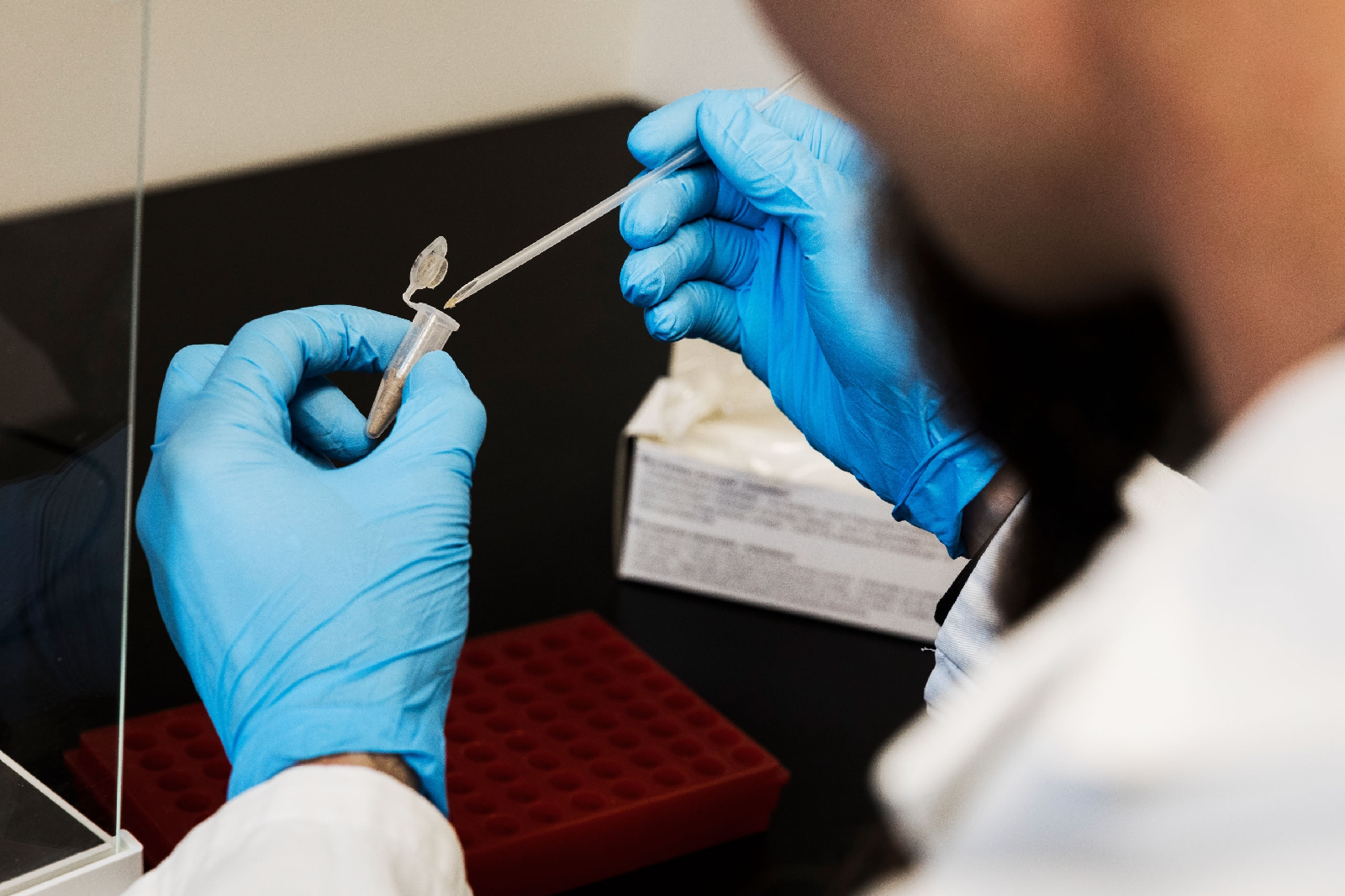Date: 19/05/2022: research for smallest particle
I started to do research on how to make the smallest particle in that research. I have no idea when I will be done, but I will keep trying. Today I read some on the periodic table. There were many failures, like triods, newlands octaves, many others. Later, a perfect periodic table was prepared by a man, which I remembered his name. but I am very impressed and wonder about the work of new land octave because all the scientists are tried with doing physical and chemical experiments of atoms, but these man newlands octaves discovered a few correct order of atoms just by musical rhythms (Sa re GA ma PA da Ni Sa ). This really says the nature link with everything in the universe that may be music, shape, sound really God's greatest creation.



